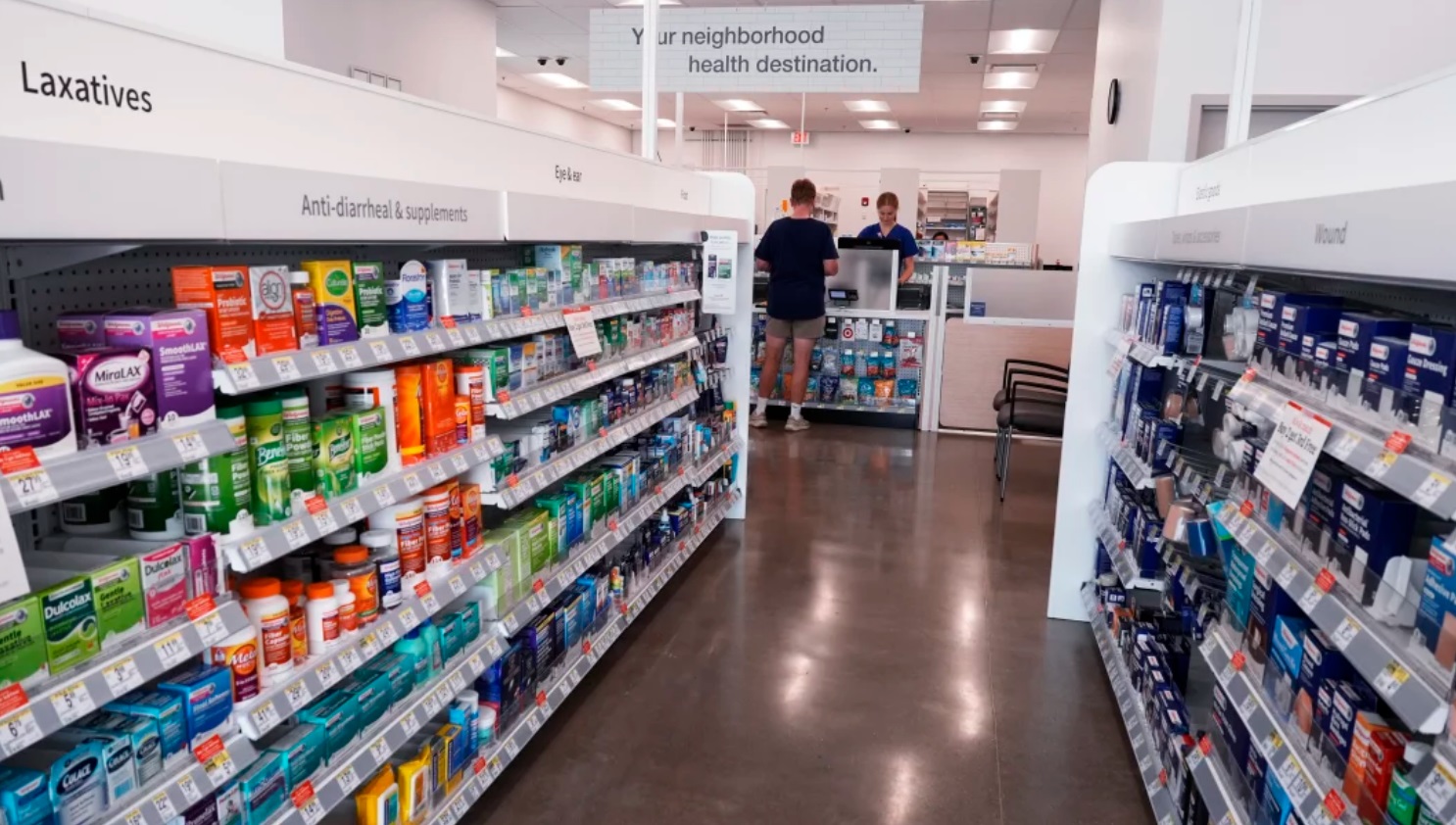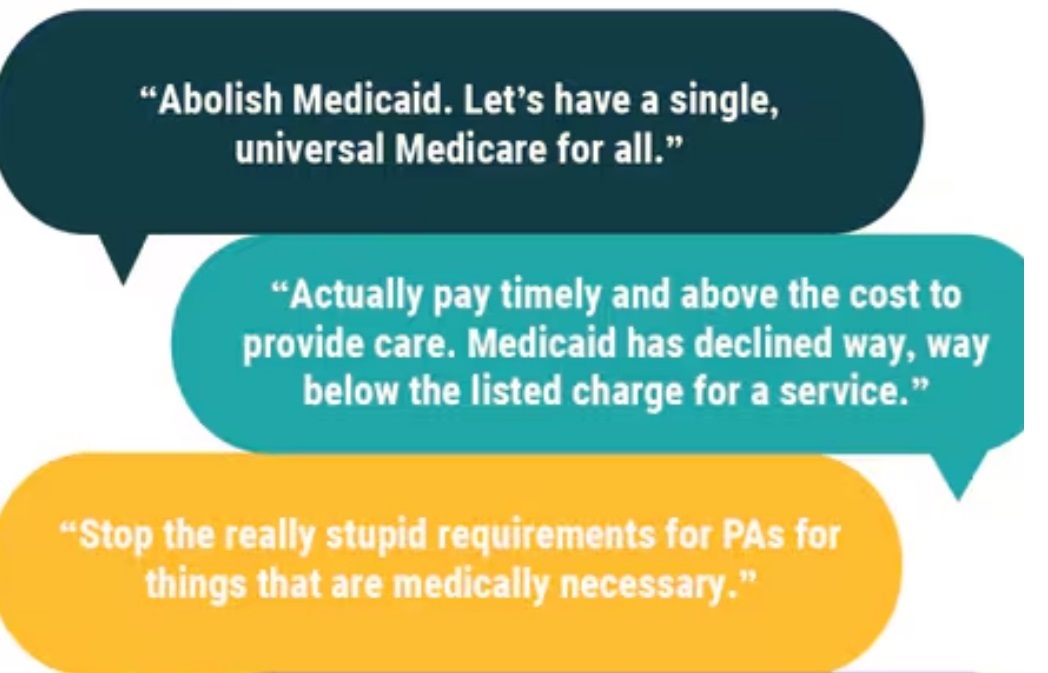Public and private mix
As in many other countries, the health system combines public and private finances and providers. There are three main US government programmes for vulnerable populations: federal and state governments largely fund Medicare (for adults 65 and older and some people with disabilities); Medicaid (for lower income, eligible individuals and families); and the Children’s Health Insurance Program (CHIP – providing low-cost health coverage to children in families that earn too much money to qualify for Medicaid). The original Medicare and Medicaid legislation was passed in 1965 and CHIP, in 1997. A separate but complementary programme exists for military veterans.
The majority of health coverage is provided through employers via private insurance and paid for by employers, employees or a combination of the two. The Affordable Care Act was passed in 2010 and contributed to cutting the uninsured rate by half to 8.5% of the population.



